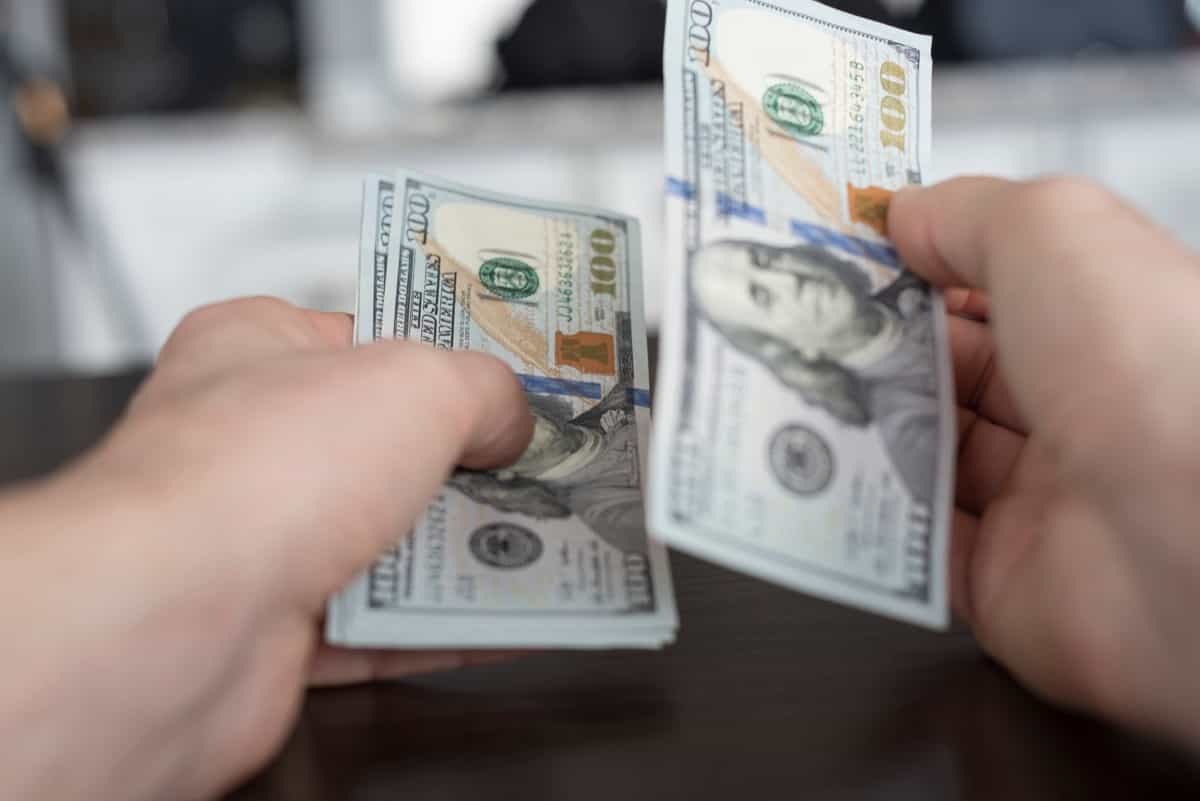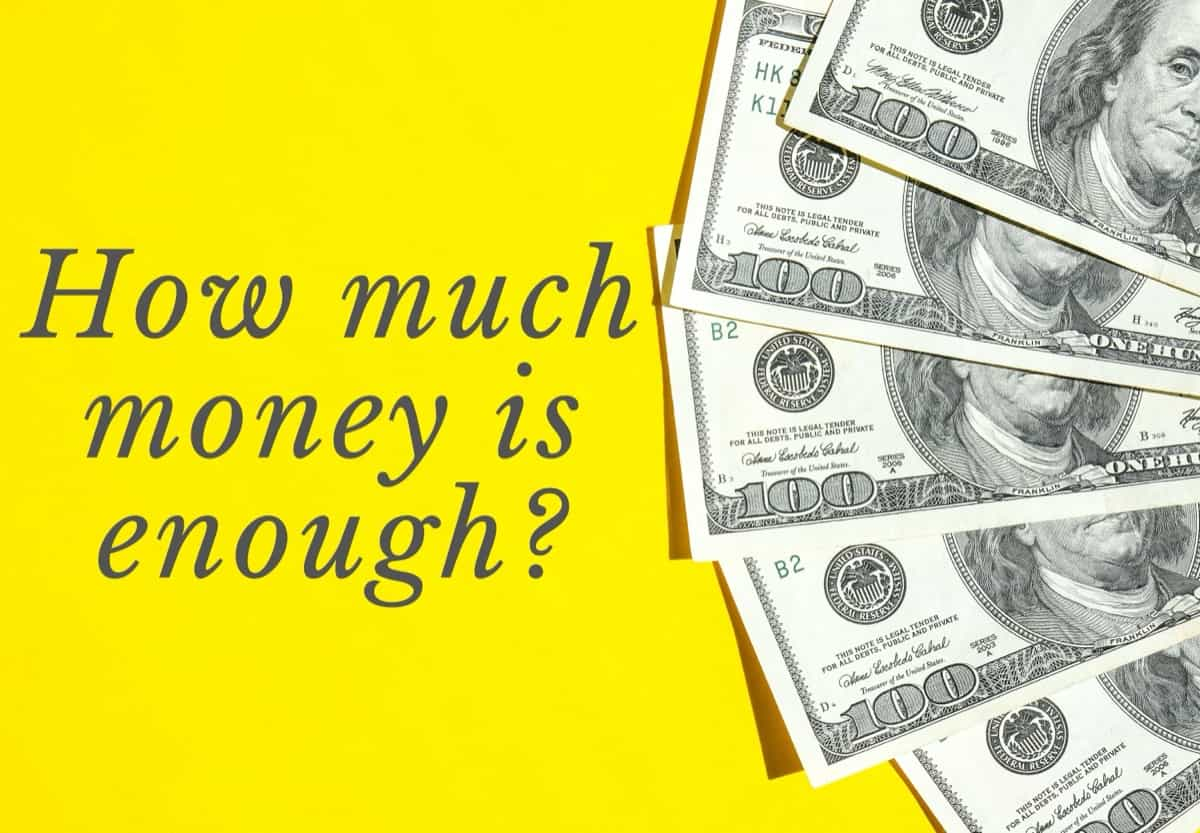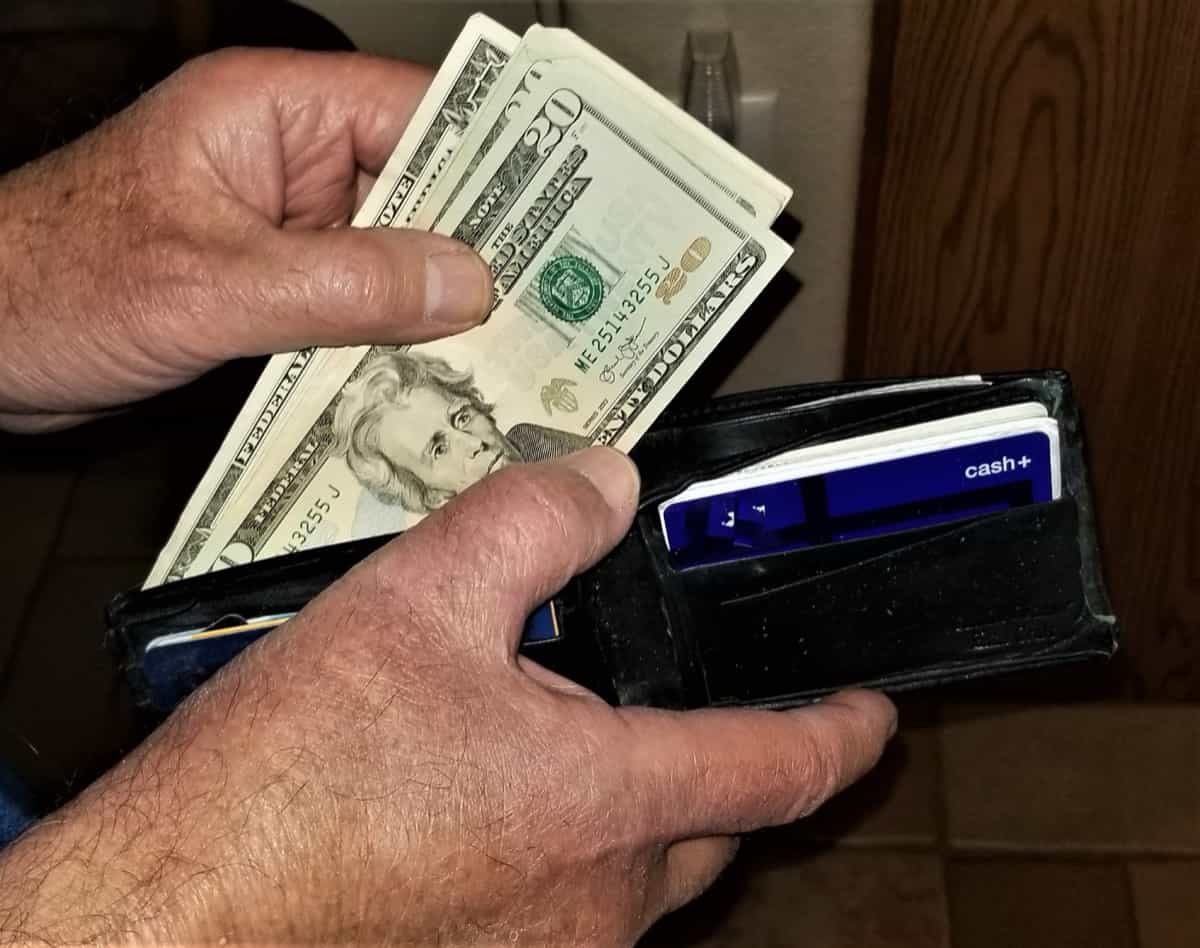Emotional spending psychology digs into why we sometimes can’t resist making unplanned purchases. Often, what motivates impulse buying is a complex mix of emotional spending triggers and cognitive biases that sway our decision-making process. Emotional spending examples include buying an expensive outfit after a bad day or purchasing gadgets without considering the budget. On the other hand, impulse buying examples range from adding candy at the checkout line to buying a new phone on a whim.

The effects of impulse buying can stretch beyond immediate buyer’s remorse, leading to financial strain and emotional debt. People with ADHD may seek advice on how to stop impulse spending ADHD, as they may be more prone to such behaviors due to difficulties with self-regulation. This article delves into the dynamics of impulsive and emotional spending, guiding you toward a more mindful and controlled approach to your finances.
Psychology of Spending
Understanding the Psychology Behind Impulse Buying: A Deep Dive into Consumer Behavior
The allure of impulse buying stems from the immediate emotional gratification it provides. At its core, the psychology of this phenomenon is linked to our innate desire for pleasure and avoidance of pain. The brain’s reward system lights up when we purchase, giving us a fleeting sense of happiness.
Emotional spending triggers can include feelings of sadness, stress, or even the thrill of a sale, which can make us more susceptible to spontaneous purchases. When we give in to impulse buying, we often bypass rational thought and long-term planning in favor of the immediate joy of acquiring something new.
The Emotional Rollercoaster of Spending: How Our Feelings Influence Our Purchasing Decisions
Our emotions can take us on a ride that often ends at the checkout. Emotional spending psychology shows us how our mood swings and emotional states can directly impact our spending habits. After a tough day, we might indulge in emotional spending examples, such as buying comfort food or a new gadget to lift our spirits. The temporary high from these purchases is a form of self-soothing, but it doesn’t address the root of our emotions, potentially leading to a cycle of spending and regret.
Breaking the Cycle: Overcoming Impulse Buying and Regaining Control of Your Finances
To break free from the pattern of impulse buying, one must understand and confront one’s spending habits. Recognizing the emotional triggers that lead to unplanned purchases is the first step. Then, one can employ strategies such as setting spending limits, avoiding tempting environments, and taking time to reflect before buying. For individuals seeking to stop impulse spending ADHD, techniques like making lists and limiting exposure to advertisements can be effective. By adopting these methods, one can regain control over their finances and make more deliberate spending choices.
In case you missed it: Understanding Different Types of Loans: Mortgages, Auto Loans, Personal Loans, and Student Loans

Unveiling the Triggers: Identifying the Psychological Factors that Lead to Impulse Buying
Unveiling the psychological factors behind impulse buying is crucial in managing this behavior. Emotions, environment, and cognitive distortions can all act as triggers. Feeling low, celebratory, or even bored can prompt a purchase. Retail environments, designed to encourage spending, often entice consumers through strategic product placement and sales promotions. Recognizing these triggers helps in developing resistance against spontaneous spending and making more informed choices.
The Role of Advertising in Manipulating Consumer Behavior and Encouraging Emotional Spending
Advertising plays a pivotal role in influencing consumer behavior and encouraging emotional spending. Marketers design campaigns to evoke strong emotions, making us feel we’re missing out if we don’t buy. Through the strategic use of visuals, music, and persuasive language, advertisements can create a sense of urgency or desire that triggers impulse buying, luring consumers into purchasing items they hadn’t planned to buy.
The Power of Social Influence: How Peer Pressure and Social Media Impact Our Spending Habits
Peer pressure and social media are formidable forces in shaping our spending habits. The desire to fit in or keep up with friends can lead to impulse buying as we seek to mirror the purchases of our peers. Social media amplifies this effect by constantly exposing us to the latest trends and the buying behaviors of others. This exposure can create internal pressure to spend to maintain a certain image or lifestyle.
From Retail Therapy to Emotional Debt: Exploring the Psychological Motivations Behind Emotional Spending
Emotional spending often starts as a means of self-medication, commonly referred to as retail therapy. While it may temporarily relieve negative feelings, it can lead to emotional debt, where financial pressure adds to emotional burdens. The psychological motivations behind emotional spending can range from seeking a mood boost to compensating for a lack of fulfillment in other areas of life. Understanding these motivations is crucial for changing spending behaviors.
In case you missed it: Effective Debt Management Strategies: Paying Off Loans and Credit Cards

Cognitive Biases and Impulse Buying: Understanding the Mental Shortcuts that Lead to Unplanned Purchases
Cognitive biases are quick thinking habits that might make you buy things on a whim. These biases, such as the ‘bandwagon effect’ or ‘fear of missing out’ (FOMO), can cause us to make irrational purchases. The bandwagon effect might compel us to buy something because everyone else is, while FOMO can make us buy to avoid feeling left out. Being aware of these biases can help us pause and reflect before making a purchase, allowing for more rational decision-making.
The Gratification Dilemma: Instant vs. Delayed Satisfaction in Consumer Decision-Making
The gratification dilemma plays out in the tension between the immediate pleasure of instant satisfaction and the long-term benefits of delayed satisfaction in consumer decision-making. Instant gratification is tempting; it’s the comfort of enjoying something right now, as opposed to waiting for a potentially greater reward.
This dilemma is at the heart of impulse buying, where the urge to satisfy a want immediately often wins over the patient waiting for a need or a well-planned purchase. Delayed satisfaction requires self-control and foresight, understanding that waiting can often lead to better outcomes, such as financial stability or purchasing a more desired item.
Strategies for Overcoming Emotional Spending: Building Resilience and Developing Healthy Financial Habits
To overcome emotional spending, building resilience against triggers and developing healthy financial habits is essential. Strategies include creating a budget that accommodates occasional indulgences to prevent feelings of deprivation, setting clear financial goals to maintain focus, and practicing mindfulness to enhance awareness of the emotions driving the urge to spend.
Developing a savings plan can also instill a sense of progress, making delayed gratification more attractive. Additionally, seeking out supportive communities or financial advisors can provide the encouragement and accountability needed to cultivate disciplined spending habits.
Frequently Asked Questions (FAQ) on the Psychology of Spending
How Do You Overcome Emotional Spending?
To overcome emotional spending, identify triggers and implement practical strategies such as budgeting, mindful reflection before purchases, and seeking support from financial counselors or peer groups.
How Do Our Emotions Affect Your Spending Habits?
Emotions can significantly influence spending habits, often leading to impulsive purchases when experiencing heightened feelings such as excitement, sadness, or stress.
In case you missed it: Smart Ways to Save for College Education: Unlocking the Path to Higher Education

What Is an Emotional Buying Habit?
An emotional buying habit tends to purchase based on feelings and emotions rather than needs and rational decisions.
Conclusion
Understanding the psychological underpinnings of impulse and emotional spending is key to developing healthier financial behaviors, enabling us to make mindful choices that align with our long-term well-being and fiscal goals.
- Handicraft Making at Home: A Small Profitable Business Idea
- Pet-Tech Startups: Innovations for Animal Lovers
- Tech Repair Services: Meeting the Demand for Gadget Maintenance
- Maximizing Rewards: Smart Credit Card Habits for Cashback and Points
- Ultimate Guide to Making Money from Goat Milk Business
- How to Start an Agricultural Value Added Product Business
- Value-Added Business Ideas for Greenhouse: The Best Ways to Make Profits with Greenhouse Farming
- How to Make Profits with Organic Country Chicken: Best Strategies for Beginners
- 10 Value-added Business Ideas for Millets: Low-investment and Highly Profitable